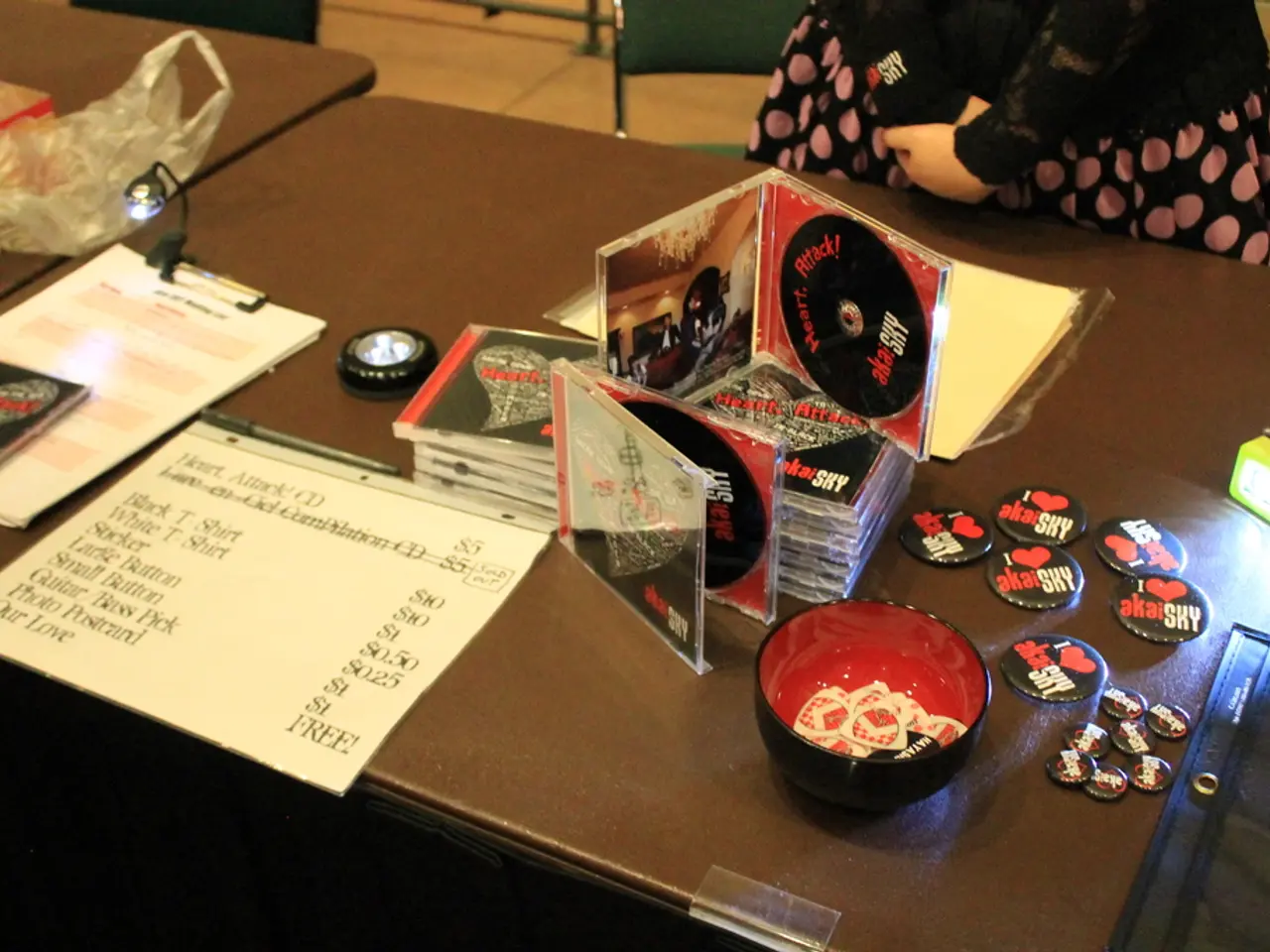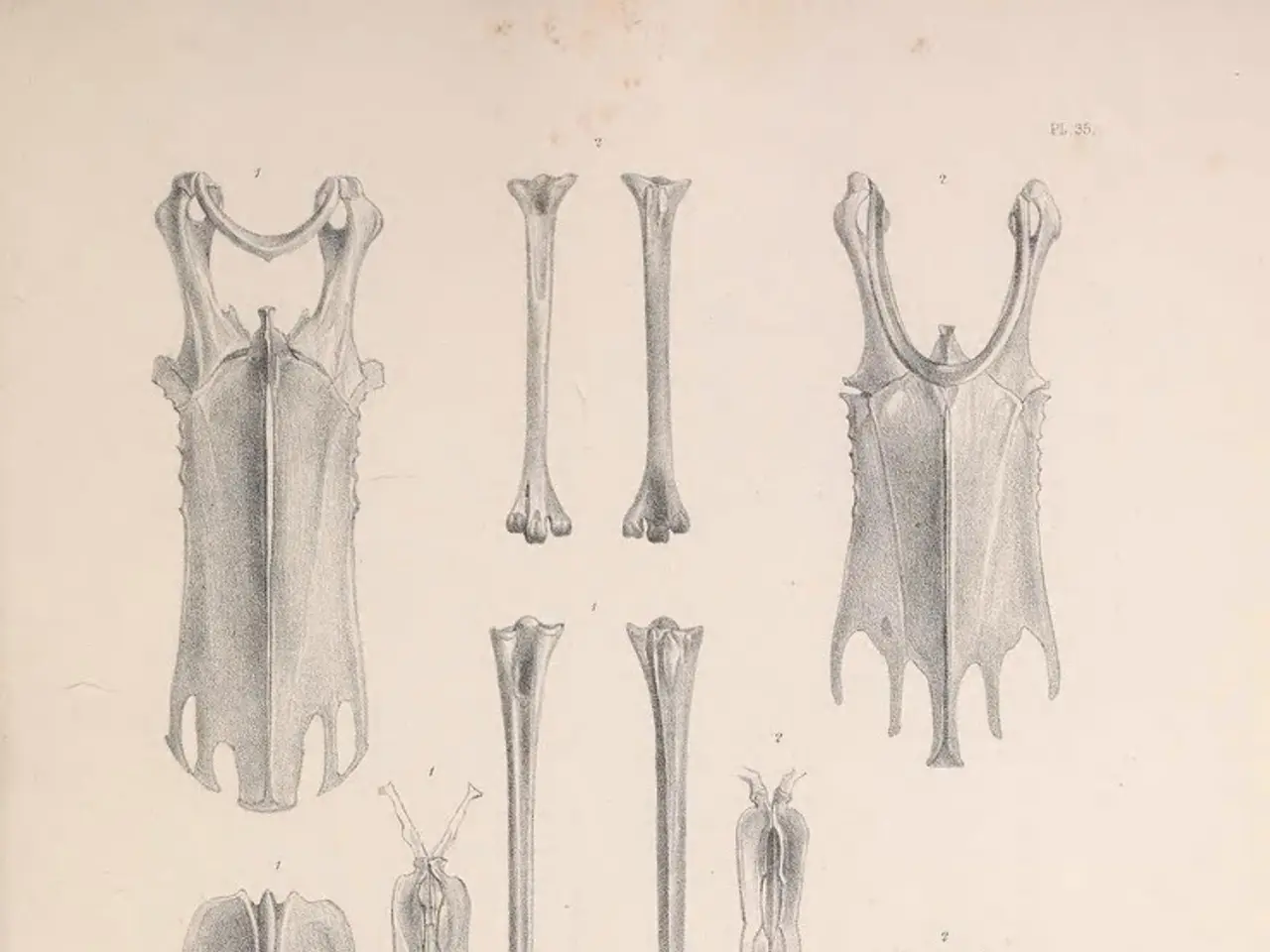Ankle gout symptoms, remedies, and additional insights
Gout, a form of inflammatory arthritis, affects joints near the ends of limbs, including the ankles. This condition develops when uric acid crystals form in the joints and soft tissues, leading to symptoms such as warmth, swelling, tenderness, flushed skin, severe pain, and potentially affecting the big toe or other joints.
A rheumatologist, a doctor who specializes in arthritis, diagnoses gout. To confirm the diagnosis, the rheumatologist may run a blood test to check uric acid levels during and between episodes, and perform a synovial fluid analysis to look for uric acid crystals, white blood cells, and signs of infection.
During an acute gout attack, first-line treatments are nonsteroidal anti-inflammatory drugs (NSAIDs) such as ibuprofen, naproxen, or indomethacin, which provide rapid relief of pain and swelling. If NSAIDs are contraindicated or ineffective, corticosteroids like oral prednisone or methylprednisolone can be used, including injections directly into the joint for severe pain. Colchicine is another anti-inflammatory medication effective for acute attacks.
Beyond immediate flare management, long-term control involves medications to reduce serum uric acid levels. Allopurinol or febuxostat, which inhibit uric acid production, and drugs like probenecid that increase uric acid excretion are common options. Lifestyle changes complement medication by reducing dietary purines (e.g., avoiding organ meats, shellfish, red meat), limiting alcohol, increasing hydration, and promoting weight loss.
For symptom relief during attacks, resting and elevating the ankle, applying cold packs intermittently, and maintaining hydration also help reduce pain and swelling. Interleukin-1 inhibitors (e.g., anakinra) may be considered in refractory cases intolerant to first-line therapies.
In severe cases, people with gout may require surgery to remove tophi or repair joint damage. Prompt medical consultation ensures appropriate medication selection and management of any comorbidities.
Gout symptoms come and go in periods of remission and flares, lasting for 3-10 days. During these periods, taking over-the-counter pain medications like ibuprofen may help reduce pain. Chronic gout and tophi (visible lumps) may cause permanent joint damage and disability.
In summary, an effective gout treatment plan for the ankle combines acute anti-inflammatory medications, lifestyle modifications, and long-term urate-lowering therapy to prevent recurrent attacks and joint damage. Prompt medical consultation ensures appropriate medication selection and management of any comorbidities.
- The development of Alzheimer's, a chronic disease, and HIV, a medical condition, are not related to gout, a form of inflammatory arthritis that affects the joints.
- A rheumatologist diagnoses gout by running blood tests to check uric acid levels and performing synovial fluid analysis to detect uric acid crystals, white blood cells, and signs of infection.
- During an acute gout attack, first-line treatments include NSAIDs like ibuprofen, naproxen, or indomethacin, steroids like oral prednisone, methylprednisolone, or colchicine, and interleukin-1 inhibitors in refractory cases.
- To manage long-term gout, medications like Allopurinol, febuxostat, probenecid are used to reduce serum uric acid levels, while lifestyle changes like reducing dietary purines, limiting alcohol, increasing hydration, and promoting weight loss are also suggested.
- To relief symptoms during gout attacks, resting, elevating the ankle, applying cold packs intermittently, and maintaining hydration can help reduce pain and swelling.
- In severe cases, surgery to remove tophi or repair joint damage may be necessary, while prompt medical consultation ensures appropriate medication selection and management of any comorbidities, including PSA related health concerns and fitness and exercise routines for health and wellness.




